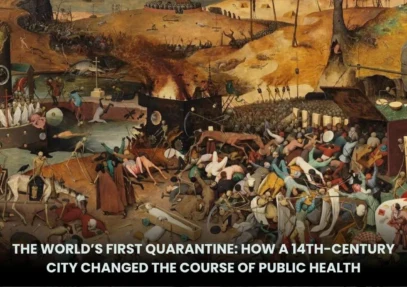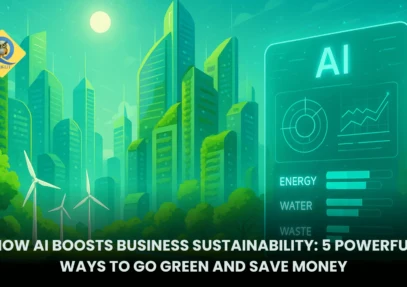What are the different branches of Physics?
Mitochondria are the powerhouses of the cell, playing a critical role in energy production. They convert nutrients, primarily glucose and oxygen, into adenosine triphosphate (ATP), the cell's main energy source, through a process called cellular respiration. This energy is essential for carrying outRead more
Mitochondria are the powerhouses of the cell, playing a critical role in energy production. They convert nutrients, primarily glucose and oxygen, into adenosine triphosphate (ATP), the cell’s main energy source, through a process called cellular respiration. This energy is essential for carrying out various cellular functions such as growth, repair, and maintenance. Besides energy production, mitochondria are involved in other key processes like regulating cell death (apoptosis), maintaining cellular calcium levels, and controlling metabolic activities. They also contain their own DNA and ribosomes, allowing them to produce some of their own proteins. In summary, mitochondria are vital for generating the energy necessary for the cell’s survival and proper functioning.
See less





Physics is a vast field that explores the fundamental principles governing the natural world. It is divided into various branches, each focusing on specific aspects of physical phenomena. Here are some of the major branches of physics: Classical Mechanics Focus: The study of the motion of objects anRead more
Physics is a vast field that explores the fundamental principles governing the natural world. It is divided into various branches, each focusing on specific aspects of physical phenomena. Here are some of the major branches of physics:
Focus: The study of the motion of objects and the forces that cause this motion.
Key Concepts: Newton’s laws of motion, energy, momentum, kinematics, dynamics.
Focus: The study of heat, energy, and the work done by them.
Key Concepts: Temperature, heat transfer, entropy, laws of thermodynamics, thermal properties of materials.
Focus: The study of electric and magnetic fields and their interactions with matter.
Key Concepts: Electric charge, electric fields, magnetic fields, electromagnetic waves, Maxwell’s equations.
Focus: The study of light and its interactions with matter.
Key Concepts: Reflection, refraction, diffraction, interference, polarization, lenses, and optical instruments.
Focus: The study of physical phenomena at atomic and subatomic levels.
Key Concepts: Wave-particle duality, quantum states, uncertainty principle, quantum entanglement, Schrödinger equation.
Focus: The study of objects moving at high velocities and the effects of gravity on space-time.
Key Concepts: Special relativity, general relativity, time dilation, length contraction, Einstein’s field equations.
Focus: The study of atomic nuclei, their components, and interactions.
Key Concepts: Radioactivity, nuclear fission, nuclear fusion, nuclear decay, applications in nuclear energy and medicine.
Focus: The study of the physical properties and behavior of celestial bodies and the universe as a whole.
Key Concepts: Stars, galaxies, black holes, cosmic microwave background, cosmology, dark matter, and dark energy.
Focus: The study of fundamental particles and the forces governing them.
Key Concepts: Quarks, leptons, bosons, the Standard Model, Higgs boson, particle accelerators.
Focus: The study of the physical properties of solids and liquids.
Key Concepts: Crystallography, superconductivity, magnetism, semiconductors, phase transitions.
Focus: The study of ionized gases and their applications.
Key Concepts: Plasma state, fusion energy, magnetohydrodynamics, applications in space physics and fusion reactors.
Focus: The study of biological systems using the principles of physics.
Key Concepts: Molecular biology, neural networks, biomechanics, medical imaging, and physiological processes.
Focus: The study of the physical properties of the Earth and its environment.
Key Concepts: Seismology, volcanology, atmospheric physics, oceanography, Earth’s magnetic field, and tectonics.
Focus: The study of sound and vibration.
Key Concepts: Sound waves, pitch, frequency, amplitude, acoustical engineering, and sound perception.
Focus: The study of the behavior of fluids (liquids and gases) and the forces on them.
Key Concepts: Laminar and turbulent flow, Bernoulli’s principle, viscosity, aerodynamics, hydrodynamics.
These branches often overlap, and advancements in one area can lead to discoveries in another, demonstrating the interconnected nature of physics.
See less